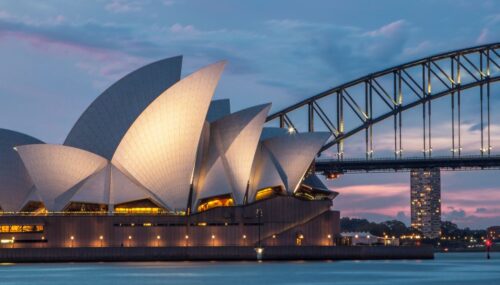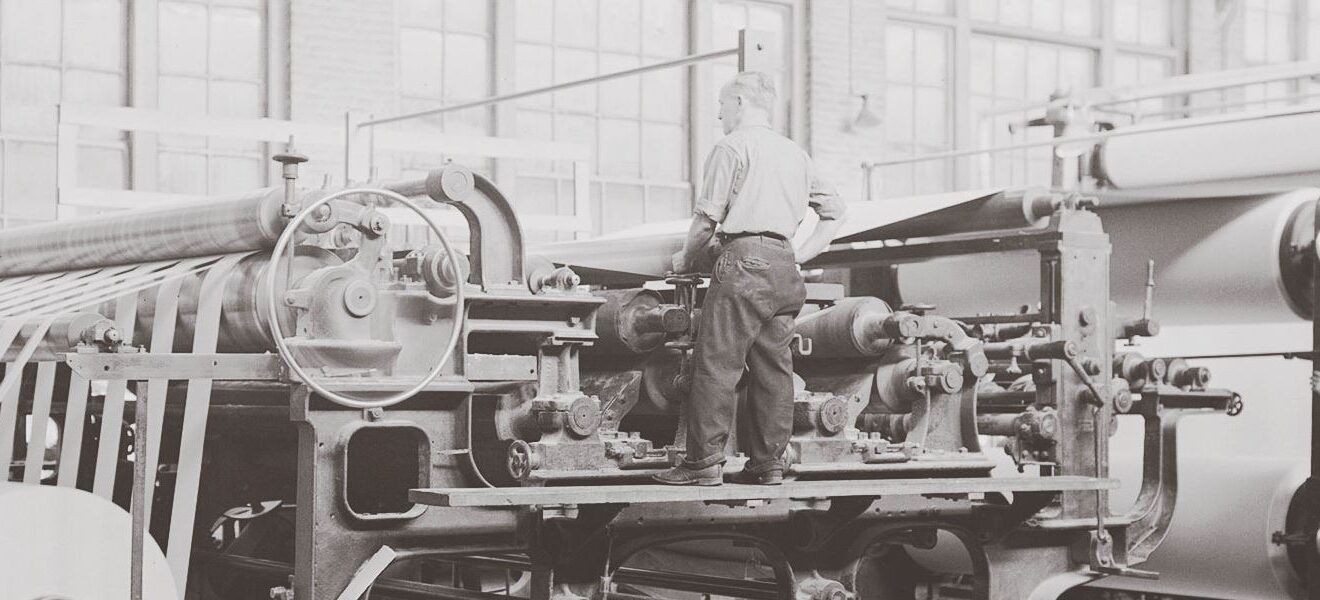

40 years of electronic paper: from prototype to a digital signage powerhouse
Visionect, 14 Apr 2017
The history of electronic paper is rife with innovation. From its first beginnings at MIT to its use in e-readers and low-power digital signs, these are the milestones of the paperlike technology that is poised to change the face of digital.
The predecessor to electronic paper, the Gyricon, is invented in 1974 in the labs of the Xerox Palo Alto Research Center as a display that would be high-contrast enough to allow the Alto personal computer to be used in brightly lit environments.
Find out more >>
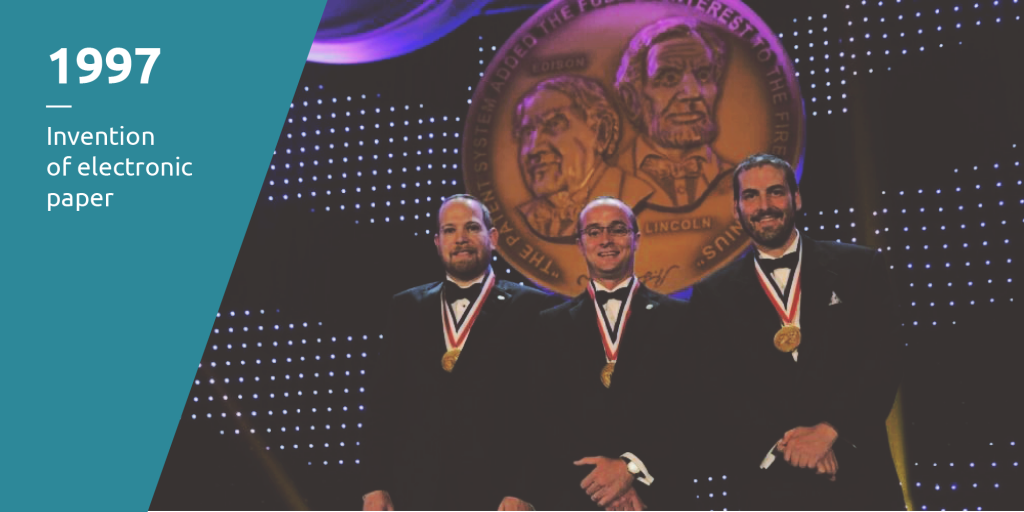
Barrett Comiskey, Joseph Jacobson and JD Albert from MIT’s Media Lab create a prototype of the electronic paper display, building on the work from the 1970s. The new technology mimics the appearance of ordinary ink on paper. The same year the three go on to found E Ink®, the world’s leading e-paper manufacturer.
Find out more >>
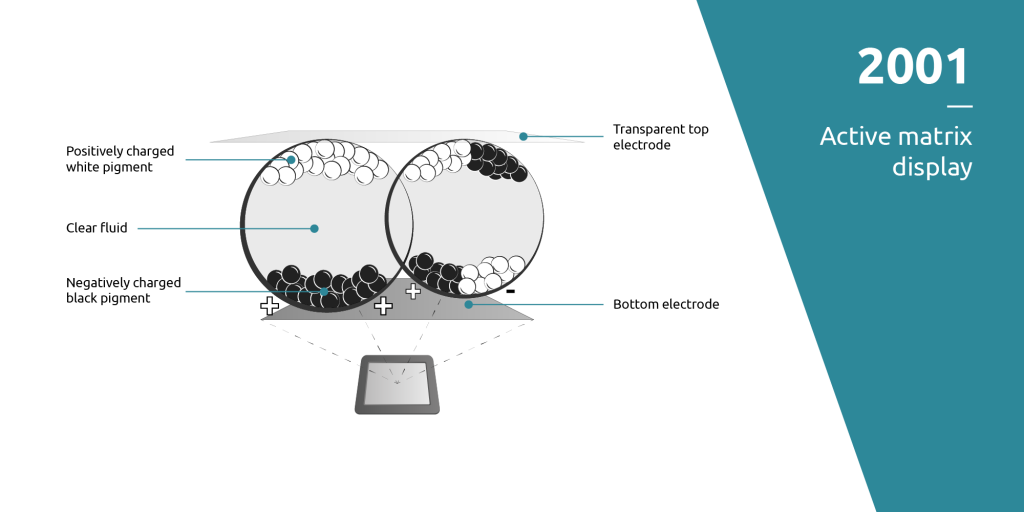
Introduced in 2001 by E Ink, the active matrix electronic paper display makes it possible for each of the individual screen pixels to change color for the first time, expanding the potential and versatility of the technology.
Find out more >>
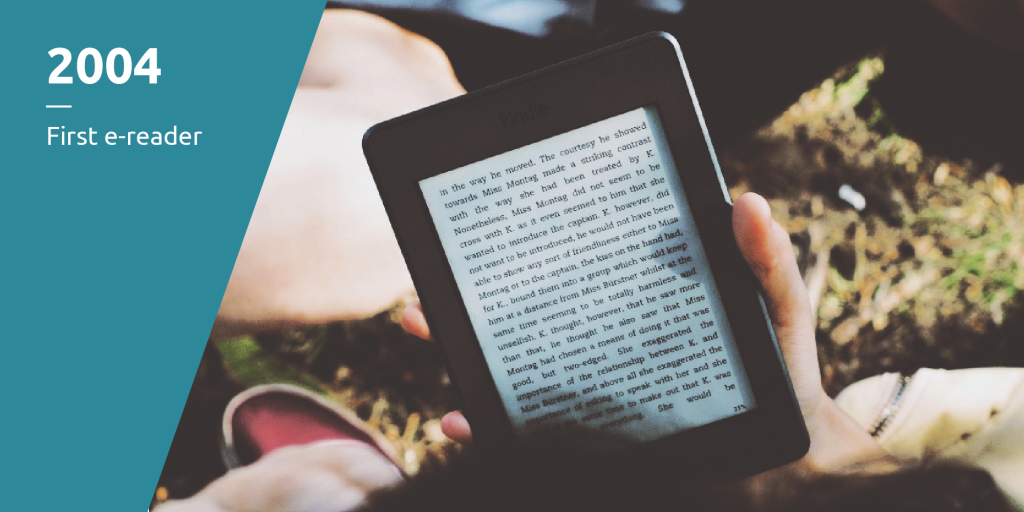
Sony develops the Sony Librie, the first eReader. Using an electronic paper display, the device is viewable in direct sunlight and requires no power to maintain a static image.
Find out more >>
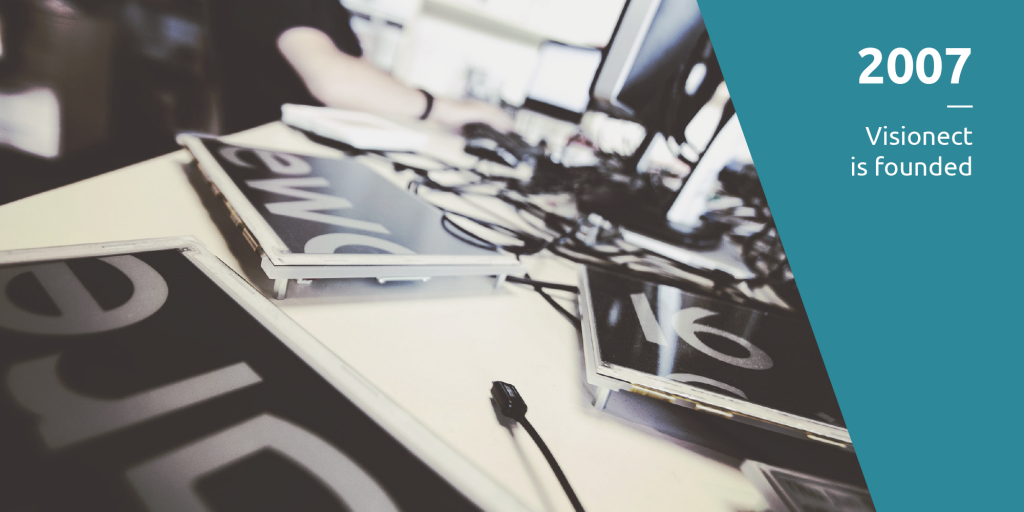
Visionect is founded. The company will go on to power 90% of the world’s successful electronic paper deployments, setting a new standard in versatile, ultra energy-efficient signage in environments impossible before. Digital traffic signs, interactive bus stops, truckside billboards, smart urban furniture and more.
Find out more >>
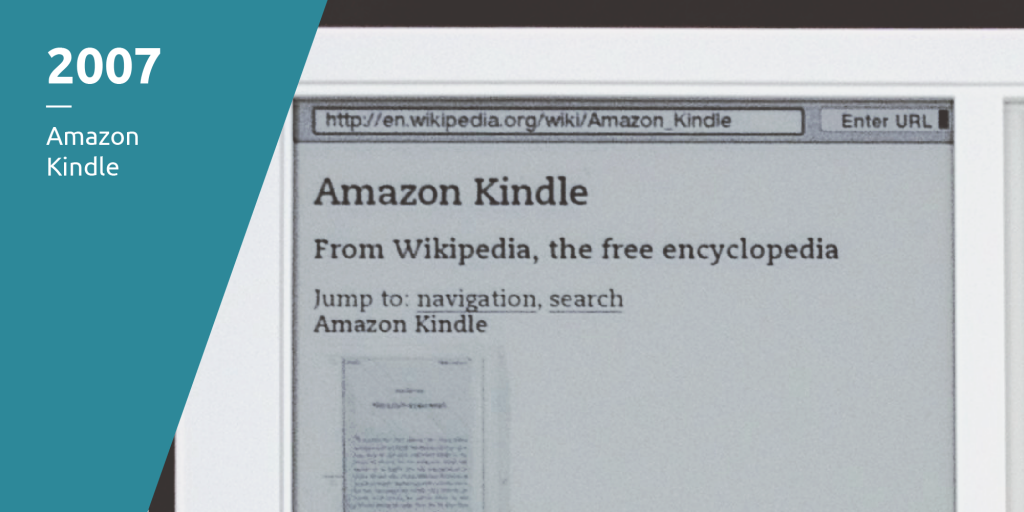
Amazon releases the Kindle, its first e-reader, on November 19, 2007. It sells out in five and a half hours. By 2014 a whopping 50% of Americans will have owned a dedicated reading device.
Find out more >>
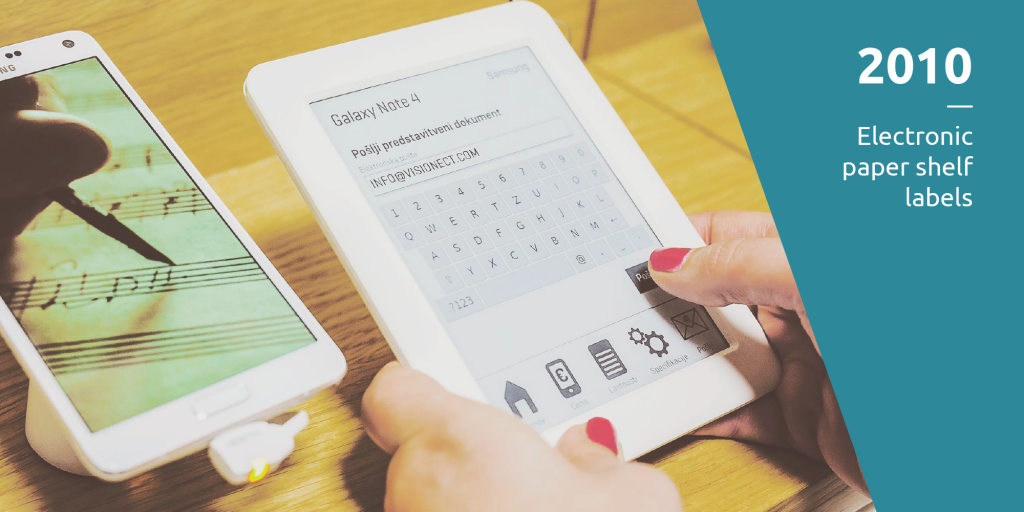
E-paper begins making a mark in digital signage. The first mass application of the technology are smart shelf labels, opening the door to next generation services and converting visitors to customers.
Find out more >>
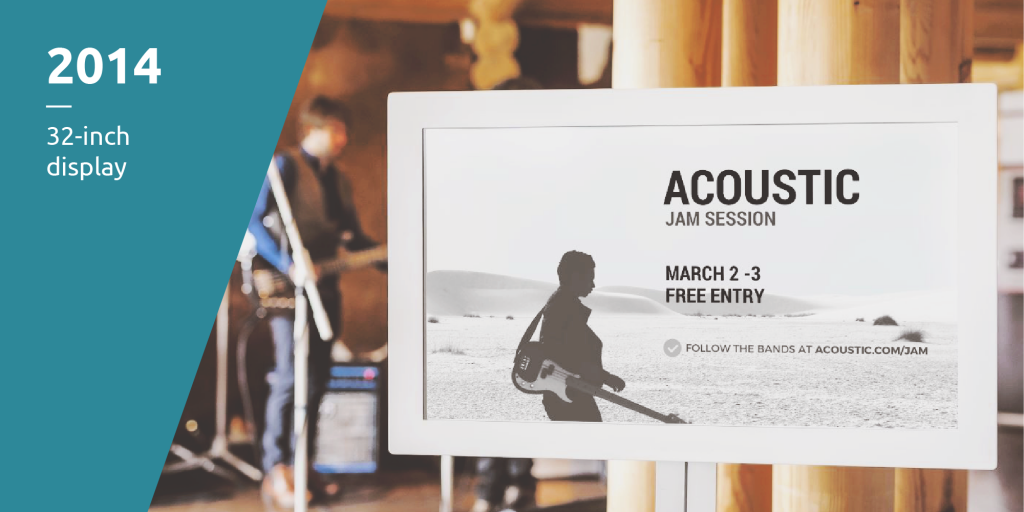
The first jumbo electronic paper prototype is introduced. Measuring at 25 times the size of a standard e-reader, the 32-inch display will go on to power information boards, wayfinding signs, museum labels and more.
Find out more >>
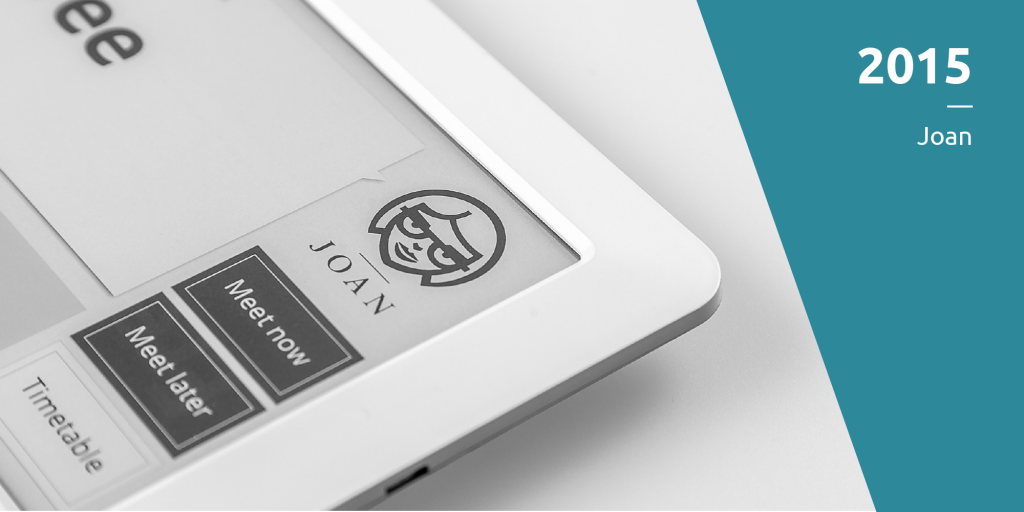
Visionect’s Joan makes its debut. The energy-saving electronic paper sign shows meeting room reservations and books spaces on the spot, supporting the green offices of tomorrow.
Find out more >>
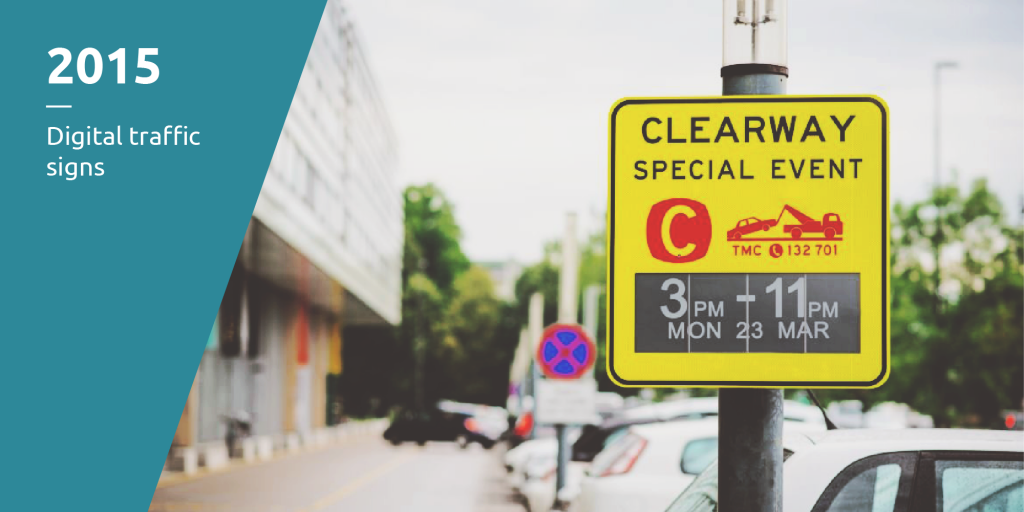
Australia is running on sunshine! To provide road traffic information on the go, 2015 sees the installation of solar e-paper signs on Sydney roads, representing the first time that electronic ink has been used in traffic signage.
Find out more >>
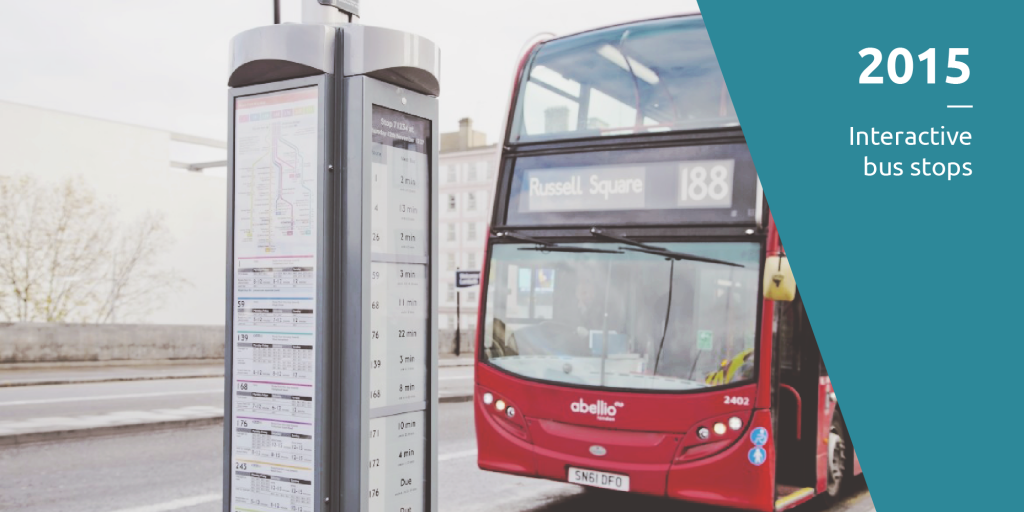
Electronic paper bus stops are installed in London, allowing the city’s ridership to view real-time arrival information and interactive route maps. Other world capitals soon follow in adopting the sustainable technology.
Find out more >>
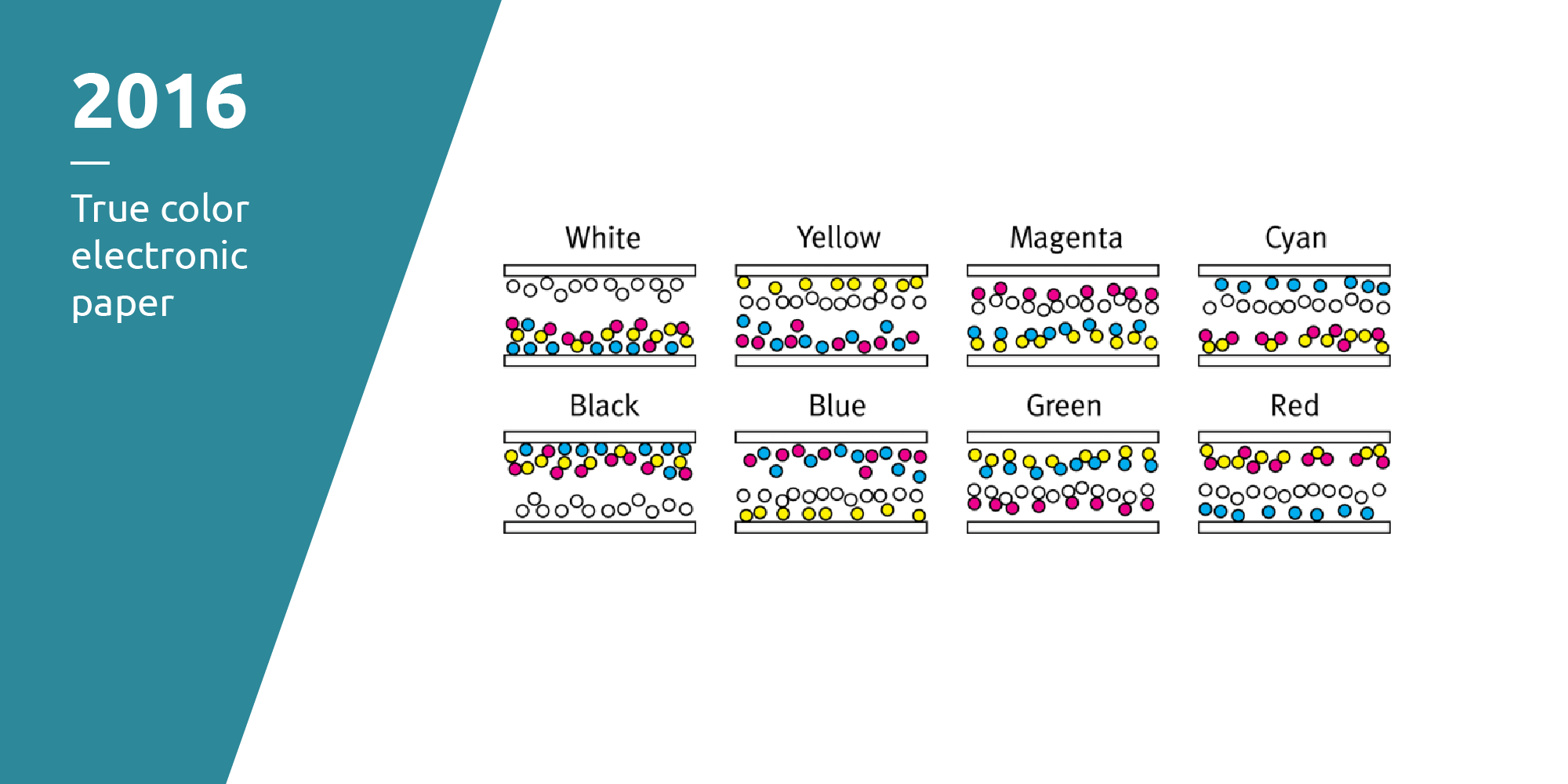
Forget the RGBW filter! Advanced Color ePaper makes its debut at SID Display Week 2016, marking the first time the technology is able to produce full color without the use of a color filter array.
Find out more >>
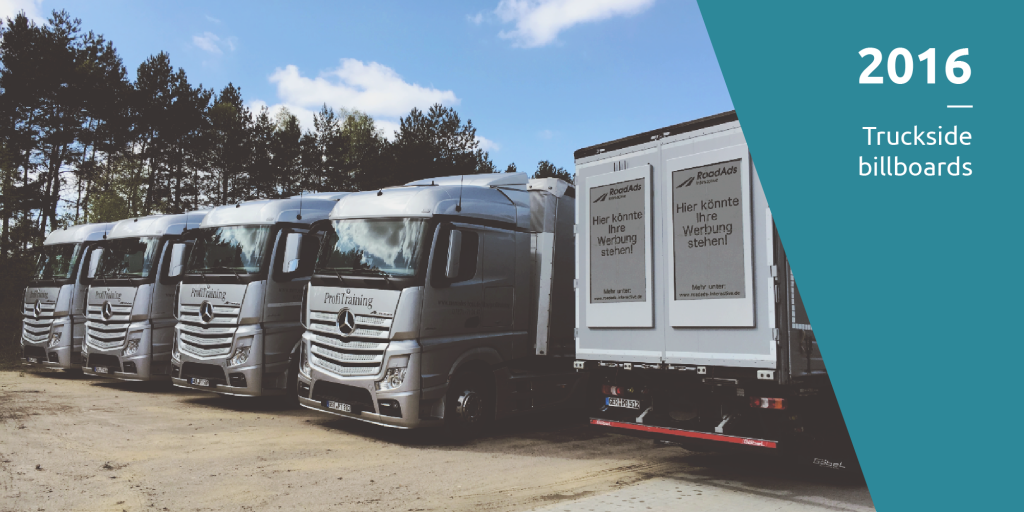
Internet connected electronic paper truck displays take on European roads. Think location-targeted advertising, GPS-triggered information on traffic jams ahead, the distance to the next gas station, and even notices about changes in road signalization.
Find out more >>
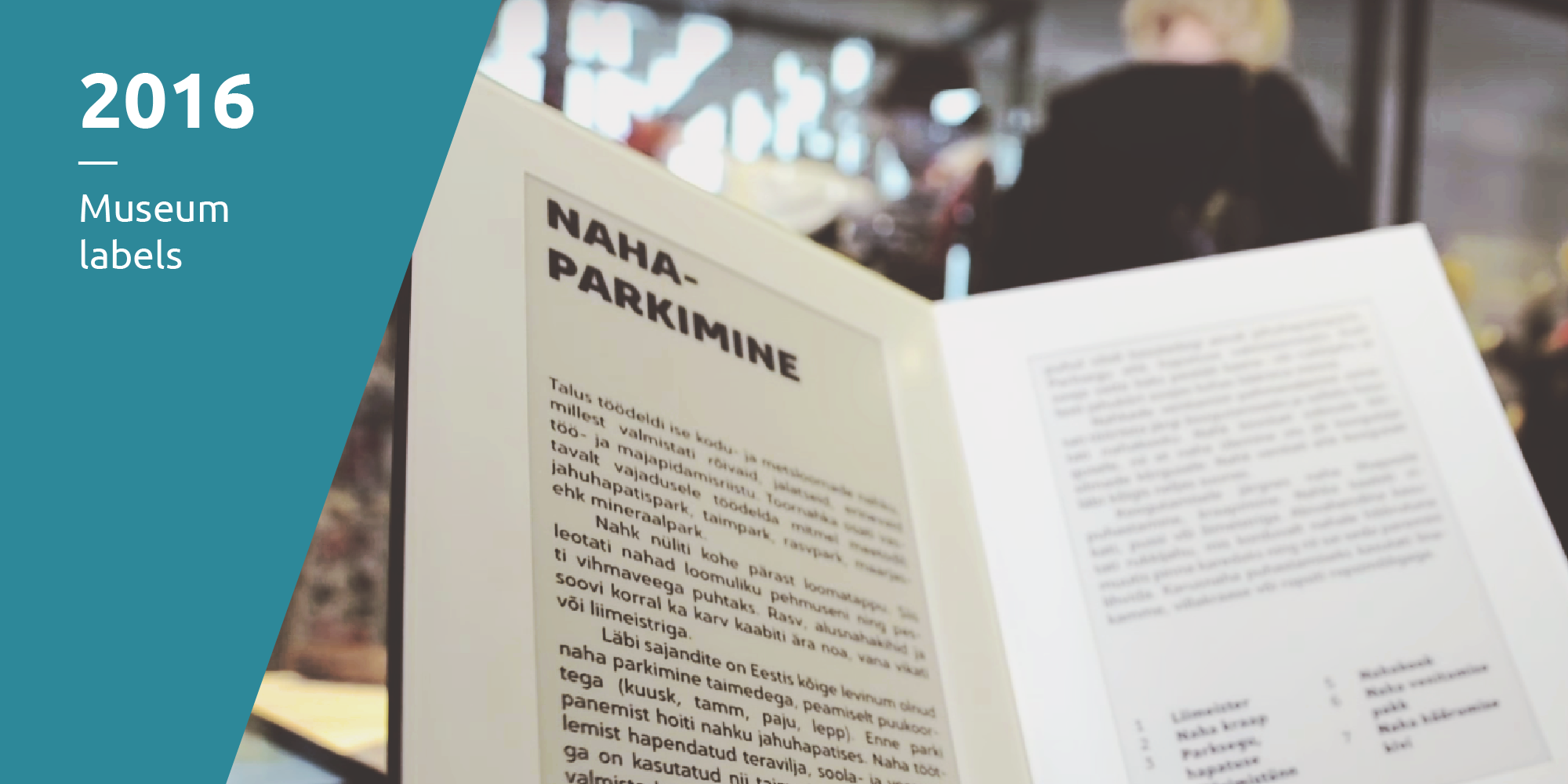
The newly-opened Estonian National Museum uses electronic paper displays to enhance the visitor experience. The installation comes as part of a wave of smart signage on electronic paper ushering museums into the 21st century, be it through in-gallery digital labels or through visitor-led interactive screens.
Find out more >>

Electronic paper is getting bigger and bigger. A new engineering feat making its introduction at CES 2017 overcomes the technical hurdles of large-dimension electronic paper screens, measuring at an impressive 25.9 inches wide and 34.8 inches tall.
Find out more >>
Tags

